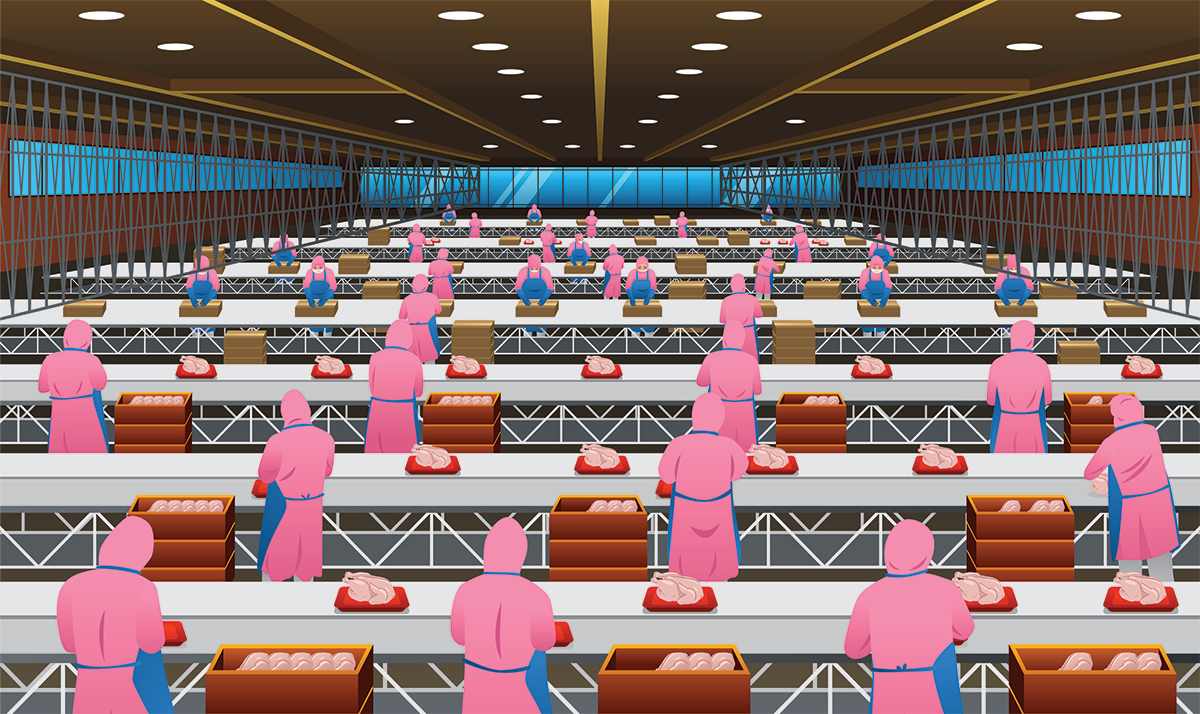
A food processing light is a high bay or low bay light developed specifically for meeting the defined requirements of the food industry. To reduce the likelihood that a food safety hazard will happen to an acceptable level, food processing facilities generally have additional requirements for construction and material safety of light fixtures installed in food processing, handling and preparation areas. That is to say, while workplace lighting in a food or beverage processing facility is required to deliver efficiency, reliability and performance for safe, productive and sustainable operations, the light fixture itself should not become the source of hazards (e.g., microorganisms of concern, hazardous toxins, chemicals or physical agents).
The equipment requirements are based on the internationally recognized concept for the production of safe foodstuffs, which is known as Hazard Analysis and Critical Control Point (HACCP). In some countries, it is mandatory or a legal requirement to implement a certified HACCP system in the food business. In the United States, the Food and Drug Administration (FDA) and the United States Department of Agriculture (USDA) require their regulated establishments to operate under a HACCP system. The National Sanitation Foundation (NSF) is the equipment certification authority that standardizes sanitation and food safety requirements and certifies if an operation complies with HACCP systems regulated by FDA and USDA.





